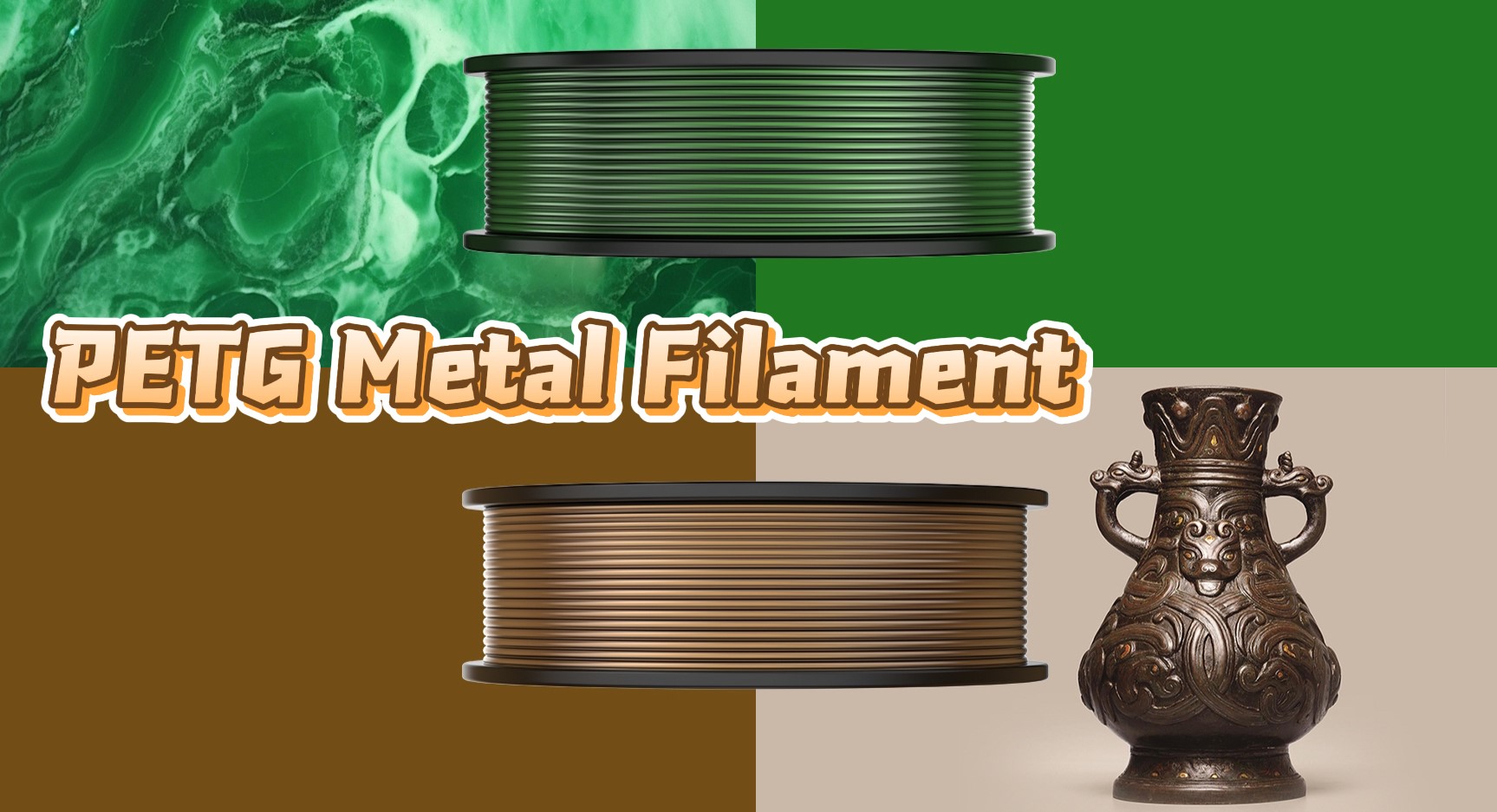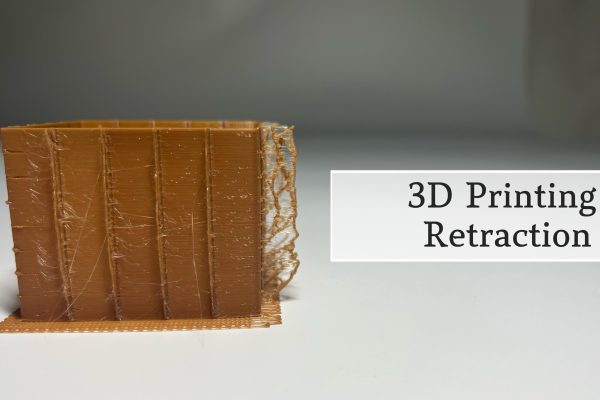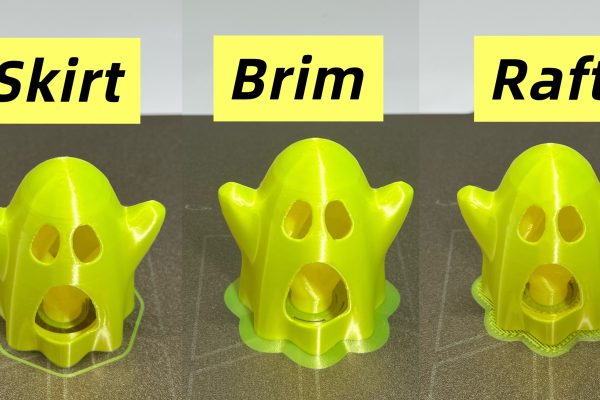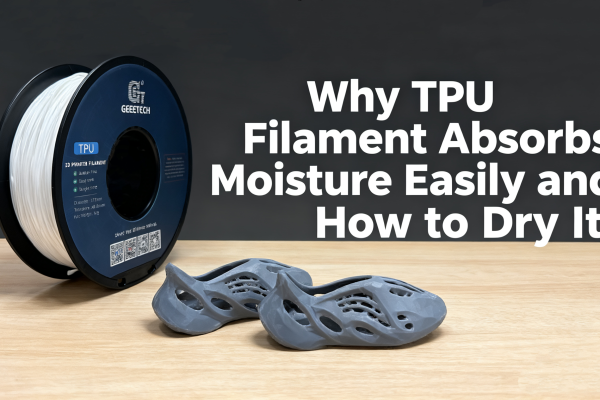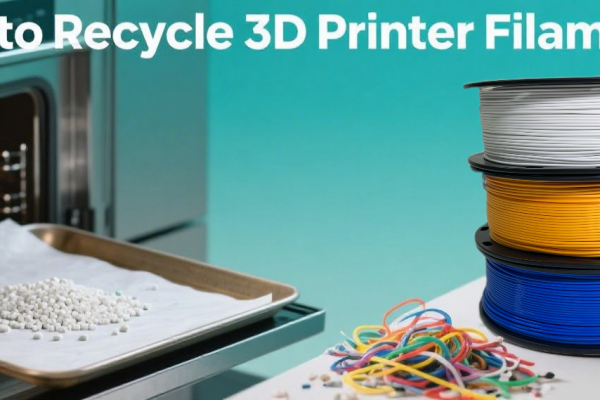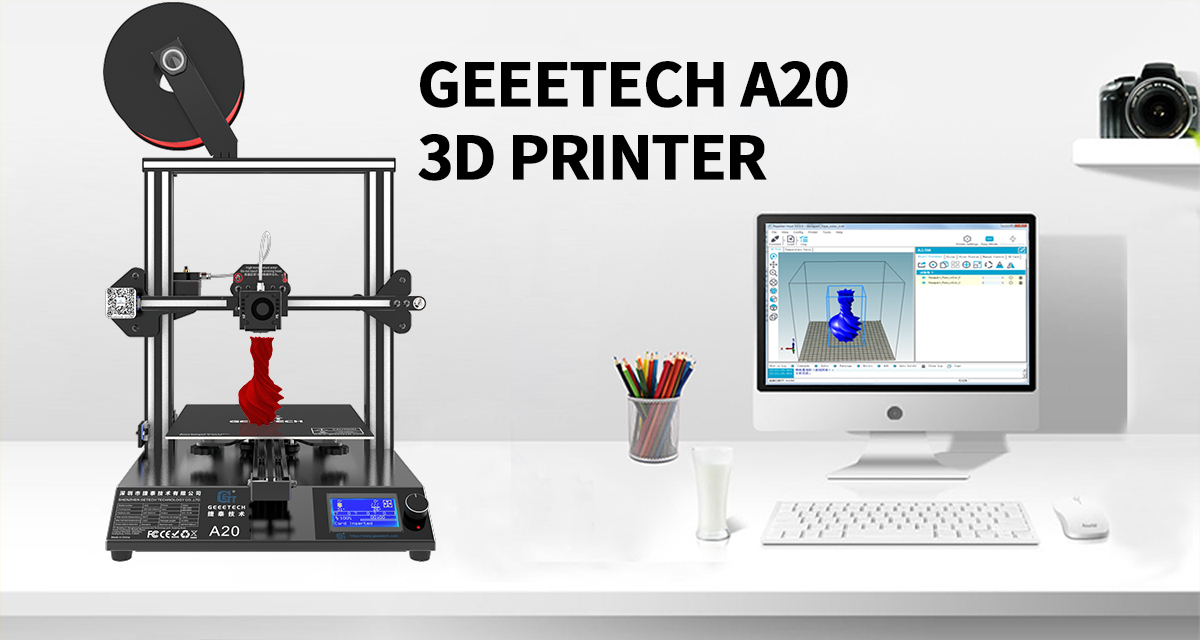If you are looking to create 3D printed objects with a really special texture and high impact resistance you might be interested in 3D printer filament combining PETG and metal, as this material has metal powder embedded in the polymers, which creates a unique and interesting visual effect, while also having a set of beneficial properties such as high strength and impact resistance. Let’s look in more detail and also explore some prints!
What Is PETG Metal Filament?
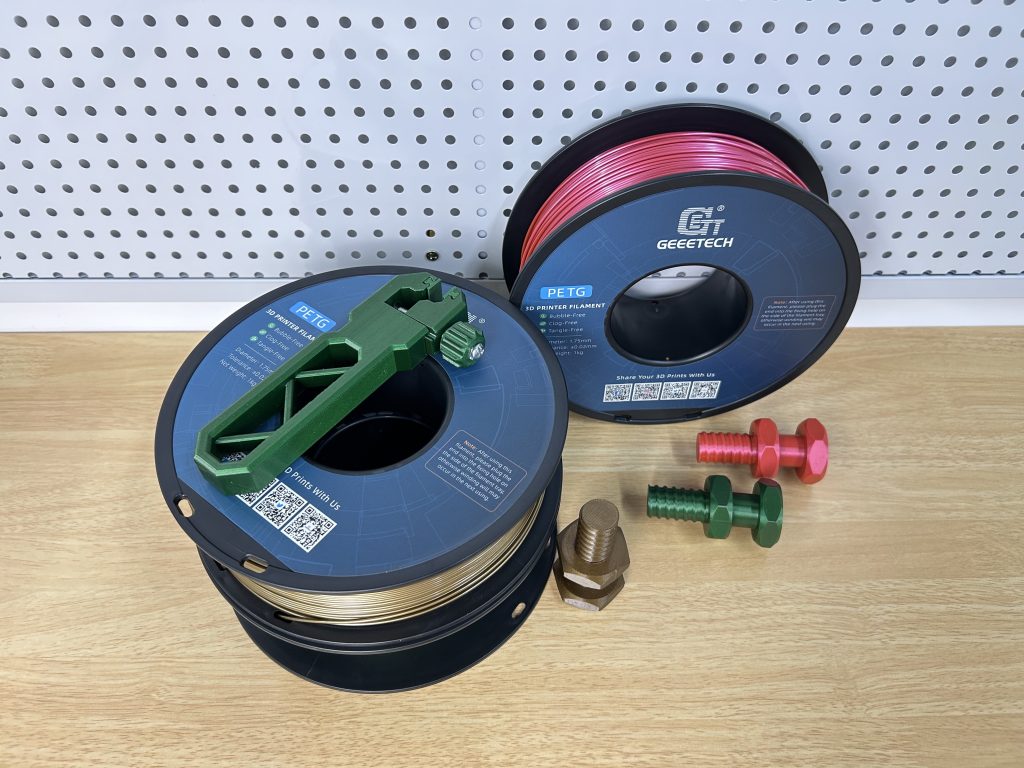
As we’ve briefly mentioned in the introduction, 3D printing filaments using PETG and metal are a special type of PETG 3D printer filament which combines the durability and easy printing properties that PETG offers, while also blending metal powders (often bronze, copper, steel or iron) into the composition.
This combination produces a strong yet flexible and chemically resistant material that looks amazing and also weighs a bit more, which makes it feel more like real metal due to the added metal powder.
Highlights of PETG Metal Filament
One of the most desired and unique benefits of metal filament compared to standard PETG filament is, of course, the metallic luster and texture that is achievable on a home printer. While it will never touch like a 100% metal product, it still looks realistic and very nice for the low cost and easy printability.
Another thing worth highlighting is the great layer adhesion and durability, which is thanks to the PETG composition, allowing the metal powder to add weight and more quality while still providing a solid and more flexible 3D print than PLA and ABS that performs as you would expect from PETG due to the overall great mechanical performance.
The metal 3D filament also makes it able to withstand harsh weather and is even anti-corrosive. You can even perform post-processing on PETG metal filament as you normally would, such as grinding, electroplating and coating, further enhancing the metallic filament texture.
Print Settings and Some Challenges
While you probably need to change the temperatures slightly compared to normal PETG (more on this down below), the overall filament is compatible with almost all FDM printers, and thus a great option for people looking for a heavier and more premium feel to their newly printed objects.
Recommended Print Settings
We have spent quite some time working on tweaking the settings in order to get the best results using the metal 3d printing filament. Below are what we have come to the conclusion that provide a great starting point for most standard FDM printers out there when using metal 3D printer filament. Remember that you might have to adjust some settings, but this should get you started.
| Setting | Value / Recommendation |
| Nozzle Temperature | 220–240 °C |
| Hot Bed Temperature | 70–80 °C (Can be turned off, but low temp increases adhesion) |
| Printing Speed | 40–50 mm/s (Depends on the individual design) |
| Cooling Fan | Generally, no fan required. Small models may need up to 50% cooling for fine details. |
Print Challenges
There are a few things to keep in mind when trying to print with this material, as the metal part of the metal filament will need some consideration out of the ordinary, the main one being PETG temperature settings.
Avoid Printing at an Too High Temperature
The primary thing to remember, is that you should most likely adjust the PETG printing temperature slightly lower than you would for other PETG filaments. During our own tests, we initially printed the object at a 255°C setting. However, the result was not satisfactory, as the final print appeared rough with bubbles and stringing. It was not until we lowered the temperature to 230°C that the situation began to improve.
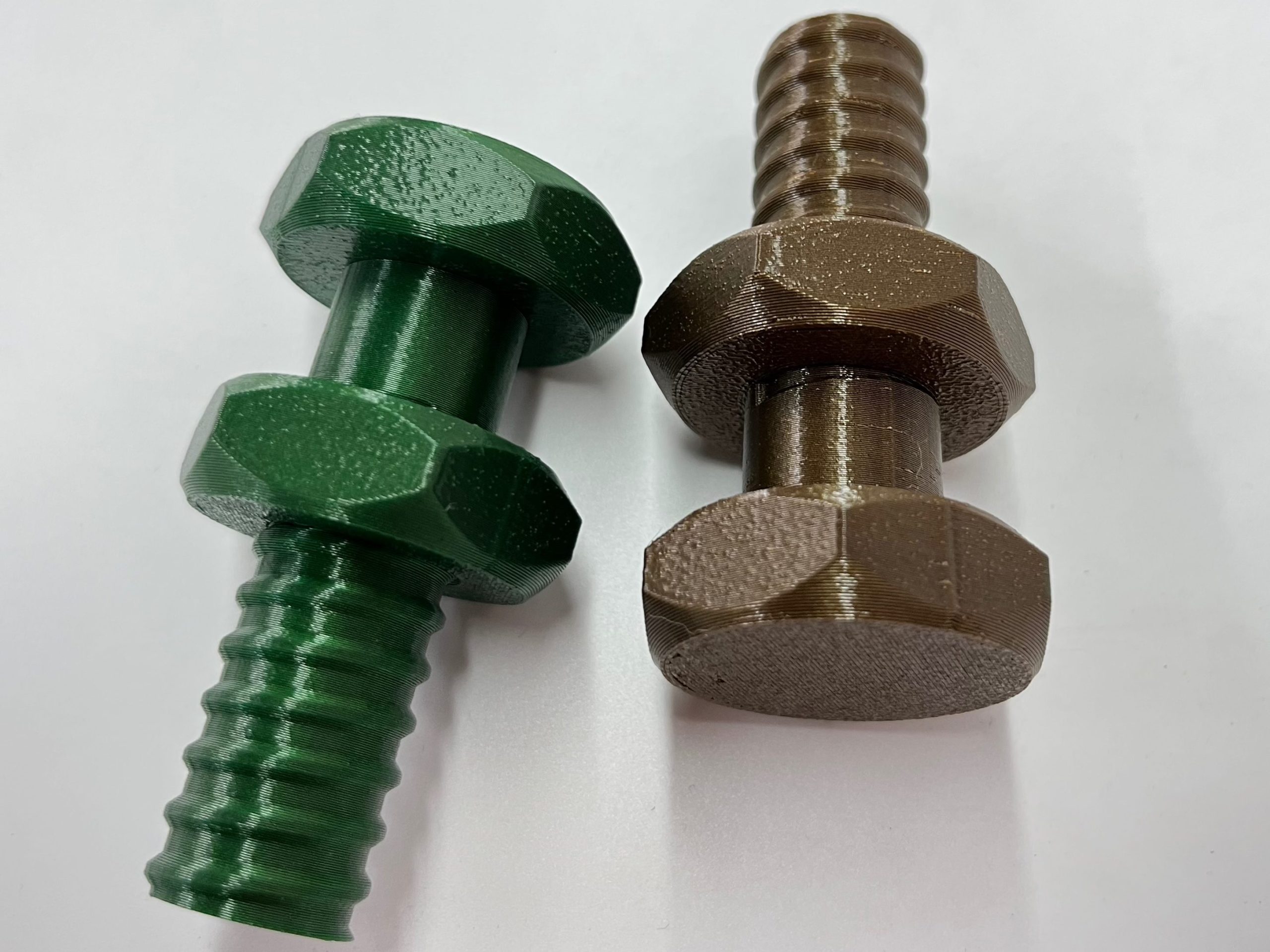

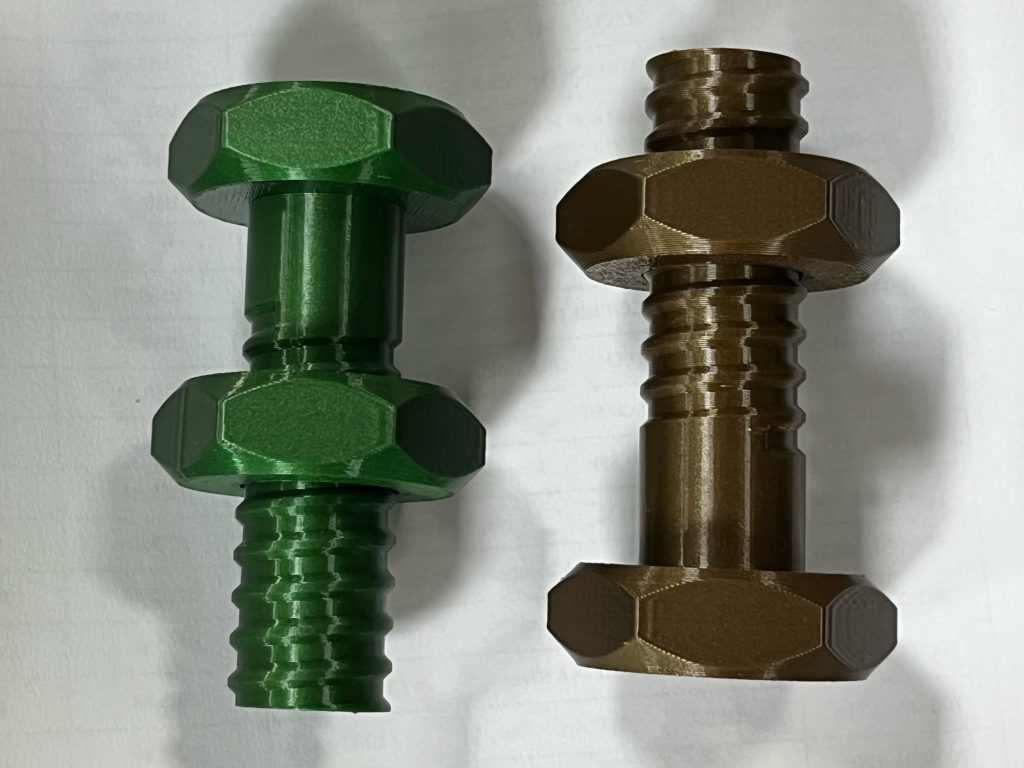

It is worth noting that although our printing parameters are suitable for most cases, we still recommend that you print a temperature tower first to determine the printing temperature that is most suitable for you, because different brands of 3D printers have different characteristics.
Never Neglect the Humidity
Another key thing to keep in mind, is that because Geeetech’s PETG metal filament has metal powder added to the composition of the material, the moisture absorption capacity is slightly higher than standard PETG. Therefore, it is generally necessary to dry filament that has already been opened previously, at 80° for around 4 to 6 hours before printing.
Result Show Time
Below you can see some of the results we ended up with after dialing in on the best 3D printer settings for the metal PETG 3D filament, where you can see the beautiful metal luster and powder dust shining through the objects.
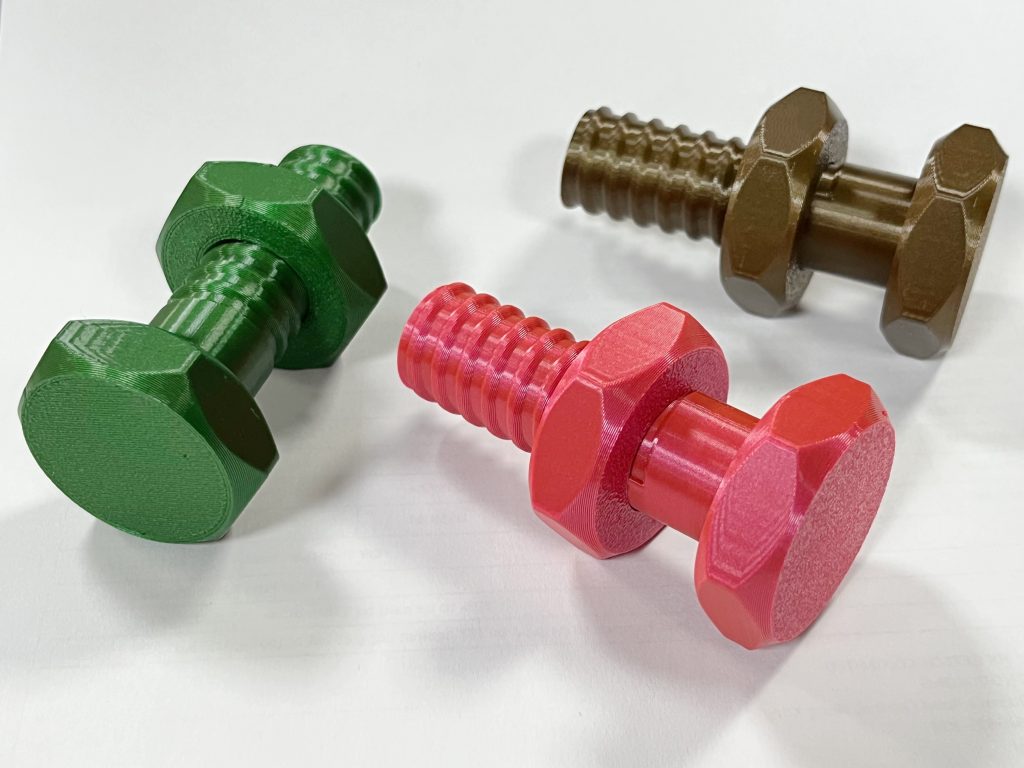
Notice how there are no more bubbles or stringing thanks to the improved settings. These 2 screws are ready to be used, or you could even post-process them slightly to get rid of the tiny layer artefacts and further improve the visual appearance.
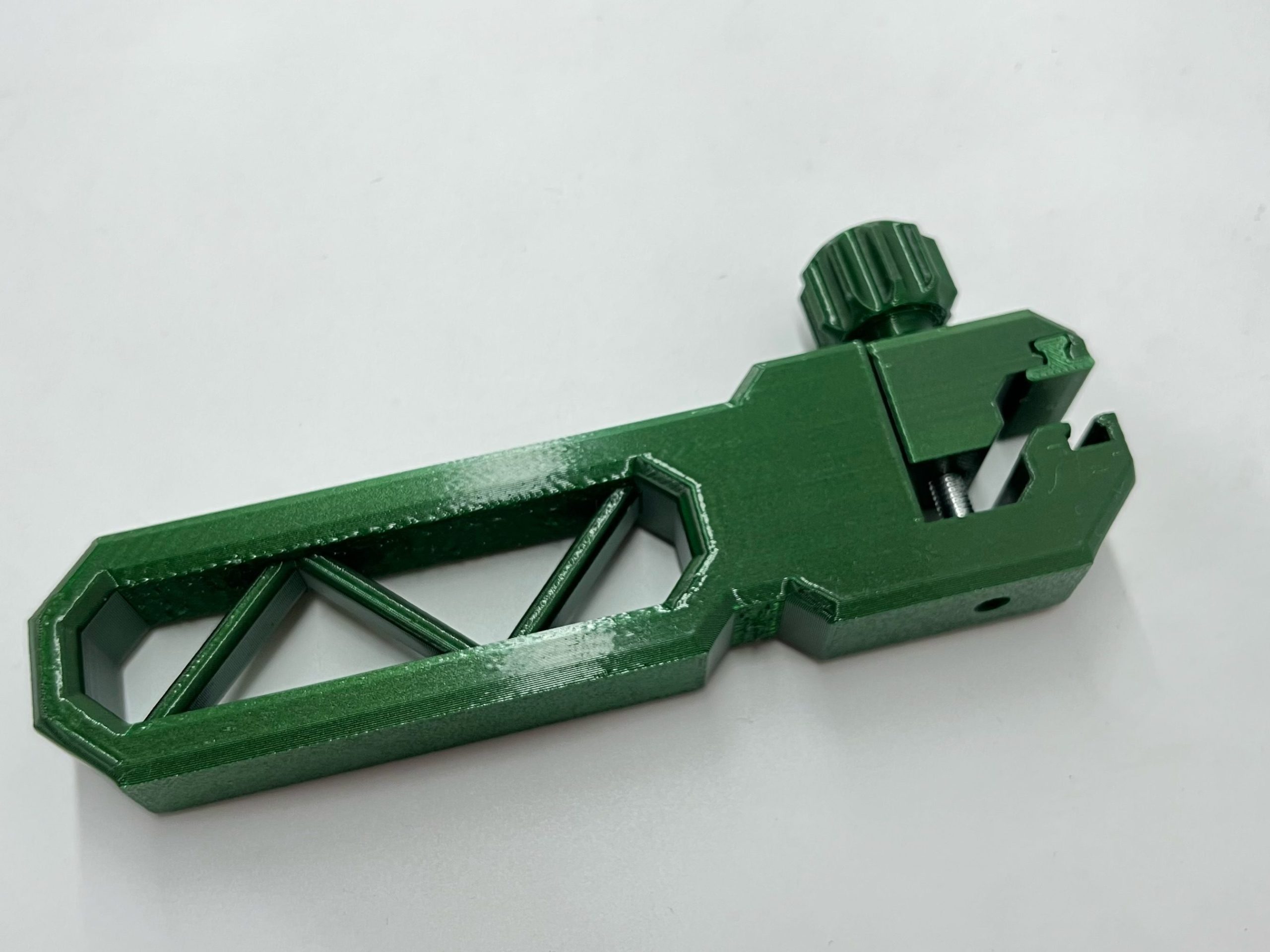
This hand vise turned out quite well, and we can now use it as part of our tool collection thanks to the strong mechanical properties of the PETG. Not only that, it also emits a metallic luster, which is particularly noticeable under the light.

You don’t have to print objects that are going to be used for their mechanical strength. The results are also amazing when trying out decorative objects, such as this statue that imitates a metallic copper printed by Geeetech brown PETG metal filament, looking great effect.
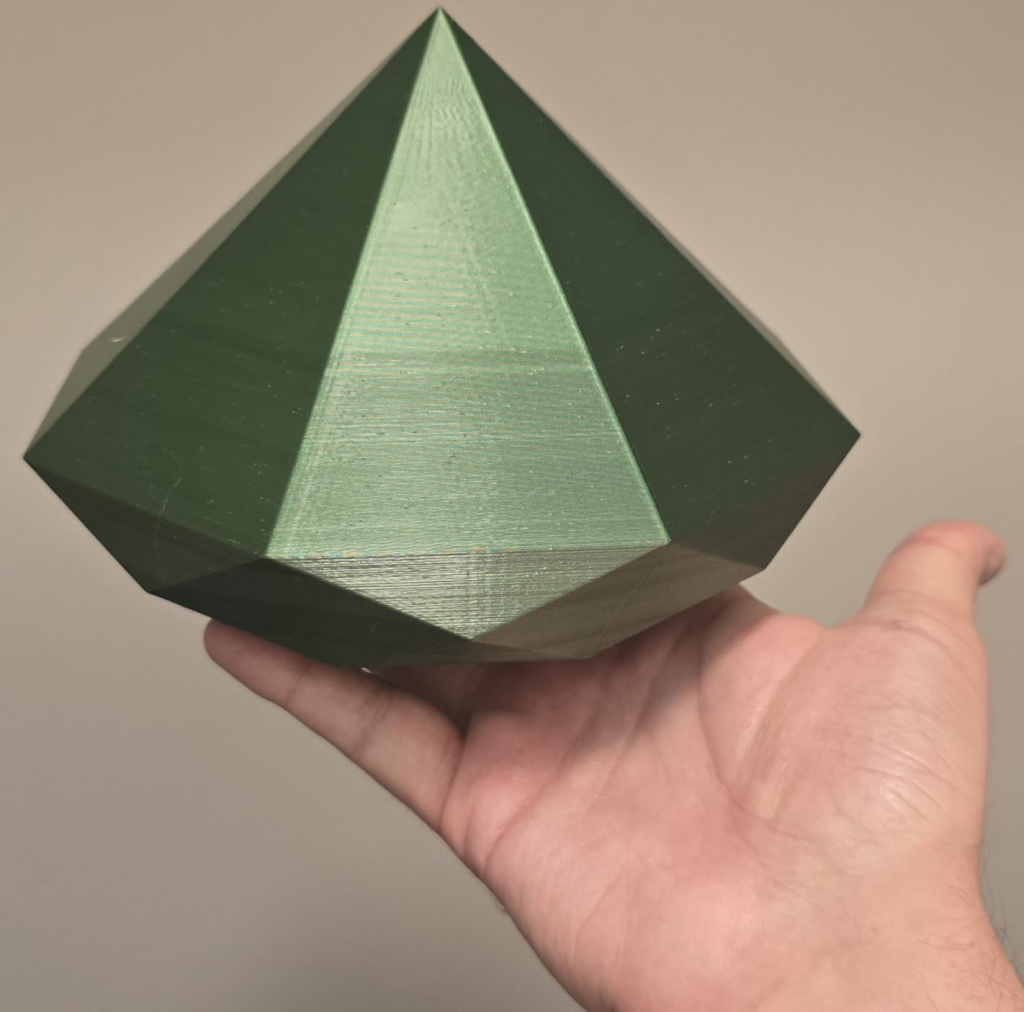
Our final piece to showcase for this article came out extraordinarily well. Just look at those sharp edges and the overall unique sheen and metallic texture. If given some post-processing and polish, this will look even more incredibly beautiful as a decorative piece! Let’s learn more about Geeetech’s new arrival Green PETG metal filament.
Conclusion
Thanks to the combination of the easy-to-print and sturdy PETG polymer and the different types of metal powder, you can create some really unique and beautiful 3D prints that will surprise anyone you show them to. And since you can also work on them afterwards like with any normal filament, you can create functional objects such as tools or mechanical parts or even decorative objects that look great on your bookshelf, or perhaps can be given as gifts!
